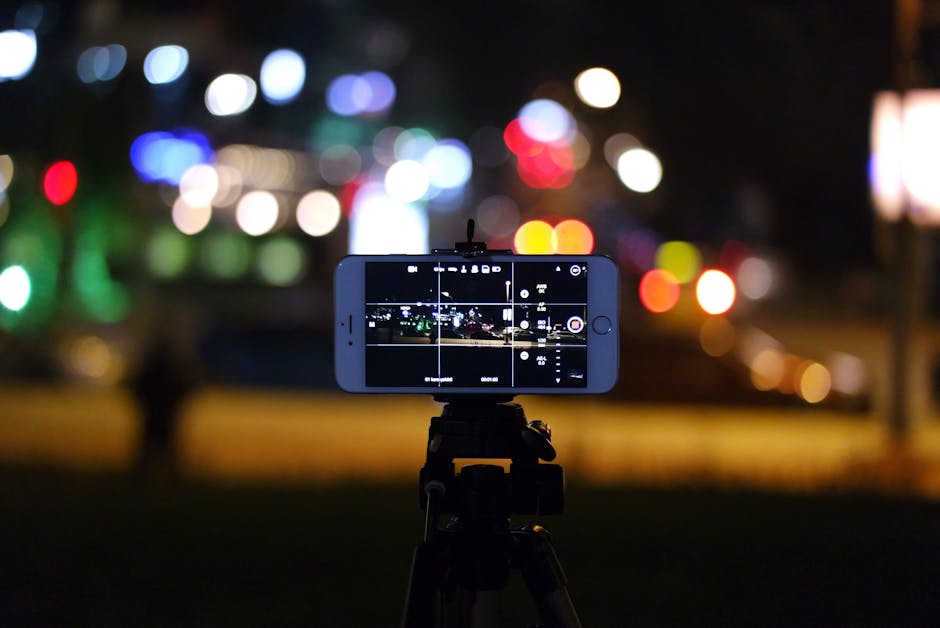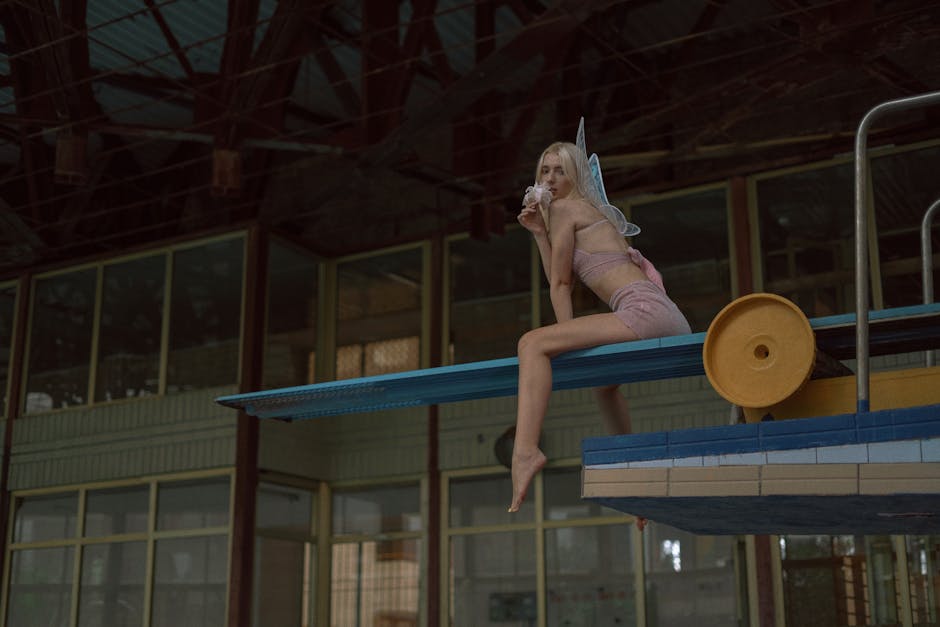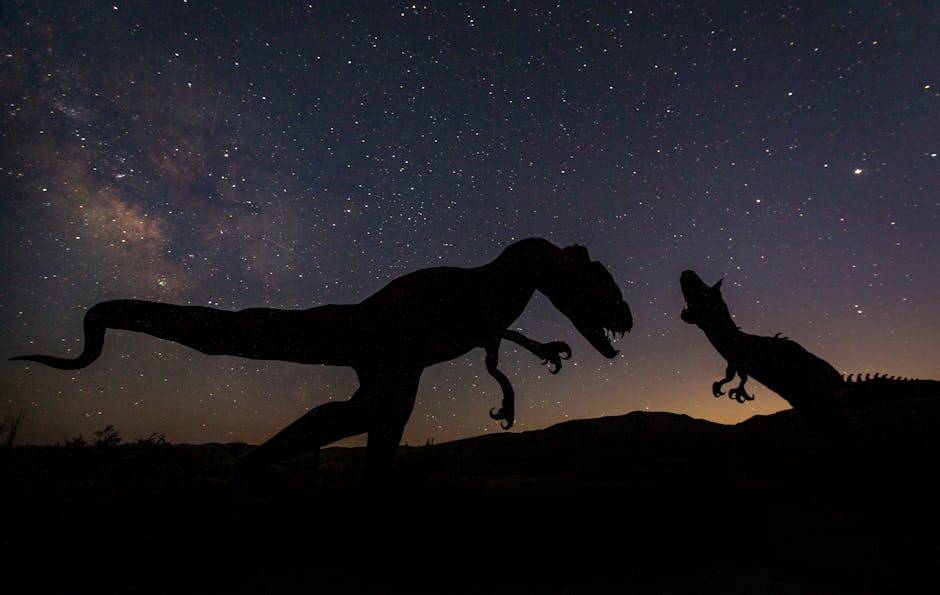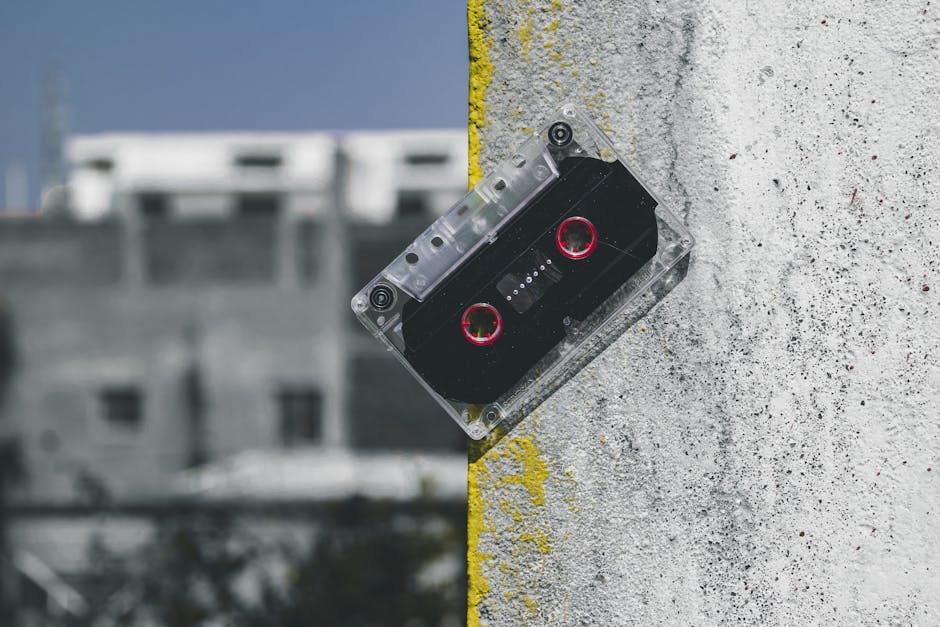Iconic movie scenes are the heartbeat of cinema, etching unforgettable moments into our collective memory and shaping the way stories are told on screen. From haunting horror to triumphant musicals, these scenes transcend their films, becoming cultural touchstones that influence generations. At Scene Flow – Scenlo, we dive deep into the artistry, impact, and legacy of these cinematic milestones, unpacking what makes them so enduring and powerful.
The Anatomy of an Iconic Scene

Photo by Burak The Weekender on Pexels
What transforms a standard sequence into an iconic movie scene? It’s a blend of visual storytelling, emotional resonance, and cultural context. Directors, writers, and actors work in harmony to craft moments that linger long after the credits roll. Whether it’s the suspenseful shower in “Psycho” or the moonlit flight in “E.T.”, these scenes distill a film’s essence into a few unforgettable minutes.
Iconic scenes often arise from a perfect storm of creative decisions. Cinematography plays a crucial role, using lighting, framing, and movement to evoke specific emotions. Dialogue, or sometimes the absence of it, can elevate a moment into legend. Music and sound design further etch these scenes into memory—think of the chilling violins in “Psycho” or the swelling score as Maria twirls in “The Sound of Music.”
The cultural context at the time of release also contributes. Scenes that challenge norms, reflect societal anxieties, or capture the zeitgeist often resonate more deeply. Over time, these scenes are referenced, parodied, and reimagined, cementing their status in pop culture and storytelling history.
From Silver Screen to Pop Culture Phenomenon

Some iconic movie scenes leap beyond their films to become cultural phenomena. The upside-down kiss in “Spider-Man” redefined superhero romance, inspiring countless homages and even influencing how romantic moments are staged in other genres. Heath Ledger’s Joker in “The Dark Knight” delivered the chilling line, “Why so serious?”, which instantly entered the global lexicon and redefined how villains are portrayed in cinema.
Other scenes, like Elsa’s transformative anthem in “Frozen,” spark trends in fashion and empower audiences, especially young viewers, to embrace their uniqueness. The shower scene in “Psycho” not only revolutionized horror filmmaking but also introduced new ways to build suspense, influencing decades of thrillers and horror films. These moments become shorthand for emotions, ideas, and even entire genres, referenced in everything from advertisements to internet memes.
What sets these scenes apart is their ability to tap into universal themes—love, fear, freedom, or rebellion—while remaining visually and emotionally distinct. They serve as both mirrors and molders of society, reflecting our hopes and anxieties while shaping how we see ourselves and each other.
Storytelling Flow: How Iconic Scenes Drive Narrative

Photo by Olena Bohovyk on Pexels
Iconic movie scenes do more than dazzle audiences—they drive the narrative forward and reveal character depth. In “Taxi Driver,” Travis Bickle’s infamous mirror scene encapsulates his descent into isolation and violence, using a simple, repetitive line to hint at his fractured psyche. This moment is not just memorable for its delivery, but for how it crystallizes the film’s themes of alienation and moral ambiguity.
In “Saving Private Ryan,” a seemingly innocuous discovery of a knife foreshadows a character’s tragic fate, adding layers of tension and inevitability. These scenes exemplify how subtle visual cues, dialogue, and performance can plant seeds that blossom into emotional payoffs later in the story. The best scenes don’t just stand alone—they ripple through the narrative, deepening our understanding and engagement.
Directors often use iconic moments to subvert expectations or deliver catharsis. The chestburster scene in “Alien” shocks audiences, upending the conventions of science fiction and horror. Meanwhile, the mountaintop opening in “The Sound of Music” invites viewers into a world of joy and possibility, setting the tone for the entire film. These scenes are carefully constructed to evoke visceral responses, ensuring their place in cinematic history.
The Evolution of Iconic Scenes Across Genres

Photo by Stephen Leonardi on Pexels
Every genre has its own brand of iconic movie scenes. Horror leans into suspense and shock, as with “Psycho” or “Alien.” Musicals embrace spectacle and emotion, like the exuberant opening of “The Sound of Music.” Action and superhero films craft larger-than-life moments—think the web-slinging romance of “Spider-Man” or the explosive chaos of “The Dark Knight.”
As filmmaking evolves, so do the ingredients of an iconic scene. Advances in technology, changes in societal values, and shifts in audience expectations all play a role. Today’s iconic moments might blend practical effects with CGI, or use silence and minimalism in an age of sensory overload. Yet, the core remains the same: a focus on character, emotion, and visual storytelling that transcends time and place.
Modern filmmakers often pay homage to classic scenes, weaving references into their work as a nod to cinema’s rich history. This intertextuality not only rewards attentive viewers but also keeps the legacy of iconic moments alive, ensuring each generation finds new meaning in old favorites.
Why Iconic Scenes Matter: Nostalgia, Influence, and Legacy

Photo by Ashutosh Sonwani on Pexels
Iconic movie scenes endure because they tap into nostalgia and collective memory. They remind us of where we were when we first watched them, who we were with, and how we felt. These scenes become part of our personal and cultural histories, connecting generations through shared experiences.
The influence of iconic scenes extends beyond film. They inspire artists, writers, and creators across mediums, from fashion to music to advertising. Their imagery and dialogue become reference points in everyday conversation, shaping how we express ourselves and understand the world. The legacy of these scenes is evident in their continued presence in pop culture, education, and even social movements.
At their best, iconic movie scenes are more than just entertainment—they are windows into the human experience. They capture the beauty, pain, humor, and complexity of life, inviting us to see the world through new eyes. As we revisit these moments, we not only celebrate the artistry of filmmaking but also the enduring power of storytelling itself.
Sources
- https://thescriptlab.com/blogs/34080-the-most-iconic-movie-scenes-of-all-time/
- https://nofilmschool.com/movies-scenes-pop-culture
- https://www.ign.com/lists/100-best-movie-moments
- https://www.youtube.com/playlist?list=PLuzLXckPeyCAc9ZHNzTXev7dsdrakHFyn
- https://www.youtube.com/watch?v=YrlJKE-YYAE

